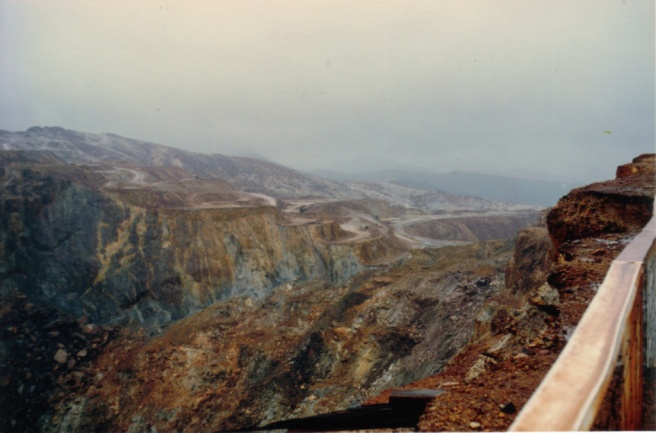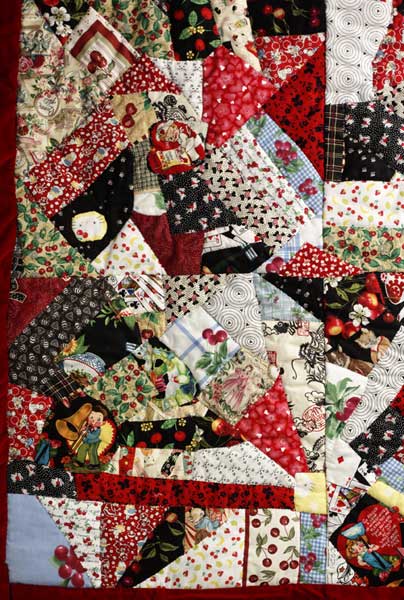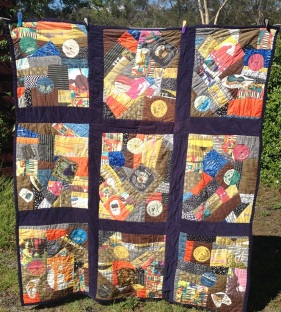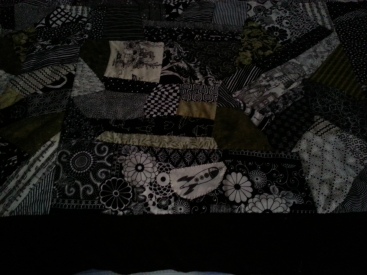Over the years as I traveled I noticed two things that people talked about missing- food and landscape.
The landscape part seems tied to a sense of security, ways that you know how to protect yourself. Out West (Nevada, Arizona) I met Easterners who said they always felt exposed and were never able to quite get comfortable. Back East in the USA, Westerners living in Pennsylvania spoke about feeling closed in, they said that there were too many places to hide, too many places to get ambushed. It seems that Westerners feel most comfortable being able to see what is coming and to prepare oneself for it. They think about high ground with a long clear view. Easterners must have a bit of what I call the Swamp Fox approach. While it is true that you could be surprised, you can also be the one doing the surprising, and if it is familiar territory ( your home ground) you would also know how and where to hide. This presents itself as a sense of unease.
Rather than relate this to warrior states, I think it goes back to when we were both hunters and hunted. And survival depended on learning skills for avoiding being caught as well as being able to catch.
The other aspect of home people always talked about was food, specifically the foods they missed. Weeks, months or years later when they finally do go home, that is when they will regale their listeners with stories of the new and different tastes and flavors they encountered, but almost always – after they were safely back home.
So I began thinking, what were the food differences between Australia and the US? As I am now in Australia, I can say that even after three going on four years, the grocery is still a bit mystifying. I wanted to make whipped cream for a dessert and faced an array of creams I was unfamiliar with: double cream, Pouring cream, thickened cream, heavy cream, clotted cream- not one labeled whipping cream and to my surprise no half and half. what’s more, a careful reading of ingredients showed that for some brands, the thickness was achieved via additives, usually gums, which is also true in the US. I later found out that the gums make whipping easier ( but to me I like to avoid them). So in a heath food store. I was able to find a heavy cream without additives. even the thickened cream at the health food store had additives, they were just more organic. So the unadulterated heavy cream will work but use a very light hand in the whipping or else you will wind up with clumps of butter, which will not go away – any attempts to beat them in, will result in the whole bowl turning to butter.
In Australia, with its huge British influence, people generally pour cream over their desserts rather than turning it into little mountains of snowy white. I have seen some coffee places selling cocoa and mochajava where they will add cream via the aerosol can, but that is pretty much it. If they want the cream a little more solid, they purchase a thicker type.
Other differences I have noticed. The ketchup here ( called tomato sauce in Australia) seems to have a taste of clove, that I do not remember from the USA (even the one made by Heinz). I prefer it to the vinegar ( many Marylanders/Southerners) would be right at home) but I do like my KETCHUP.
Sandwiches, sometimes called sangers in Aussie talk, are thin and generally buttered. A peanut butter sandwich will get you buttered bread with peanut butter, they don’t add jelly. Australians who visit the US tell stories about the huge sandwiches they found there. Not as a good thing, they found them too big, wasteful and bad for the diet. Sandwiches here are thin!If you are American and want a big lunch, order a salad with meat and a roll.
Australians like beetroot slices on their sandwiches (and burgers) and don’t be surprised if there is cucumber (NOT pickled) there as well. Anyone who has ever attended an American version of a British tea probably included cucumber sandwiches. Thinly sliced bread, neatly buttered and with a single layer of (not overlapping) cucumber slices are pretty much a staple here. Any Australians take note – you would either need to make your own or go to a tea party to get a cucumber sandwich ( and the party ones would most likely not be quite right. The other very Aussie touch is the smashed avo sandwich. This is often two slices of buttered bread with half a smallish avocado squashed in between. Quite tasty.
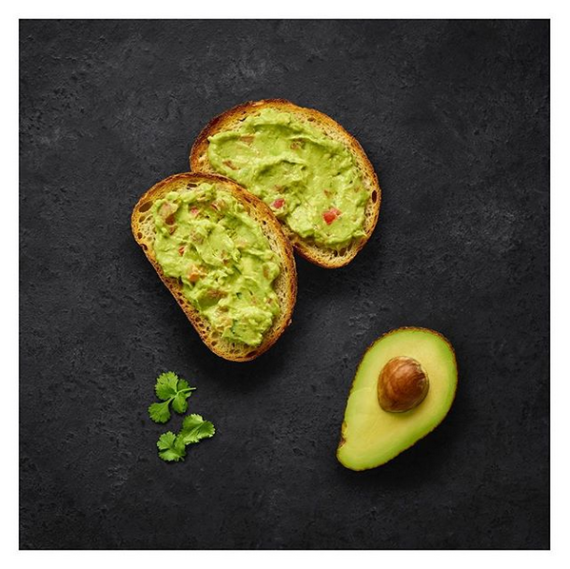
Shops will offer toasties. This is a sandwich which is toasted. Australians even have a special device called a jaffle, which looks like a waffle iron to allow these to be made while camping or barbecuing in addition to cafes . They have a characteristic ridge around the edge. Baked bean sandwiches are not uncommon nor is plain baked beans on toast. You won’t find hot roast beef with gravy in Australia, but they won’t find their bake shops full of meat pies in the USA.








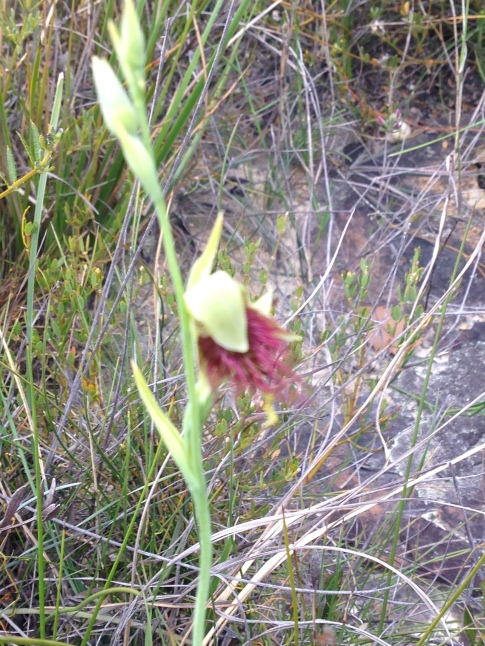

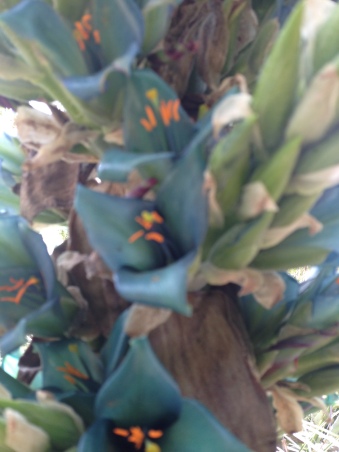



 Lastly, tucked under the bridge is the permanent Fairgrounds of Luna Park. I haven’t been yet, but someday.
Lastly, tucked under the bridge is the permanent Fairgrounds of Luna Park. I haven’t been yet, but someday.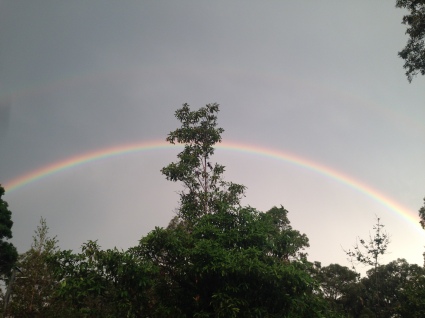 nstantly amazed at the beautiful sunsets and rainbows here in the Hunter Valley.
nstantly amazed at the beautiful sunsets and rainbows here in the Hunter Valley.
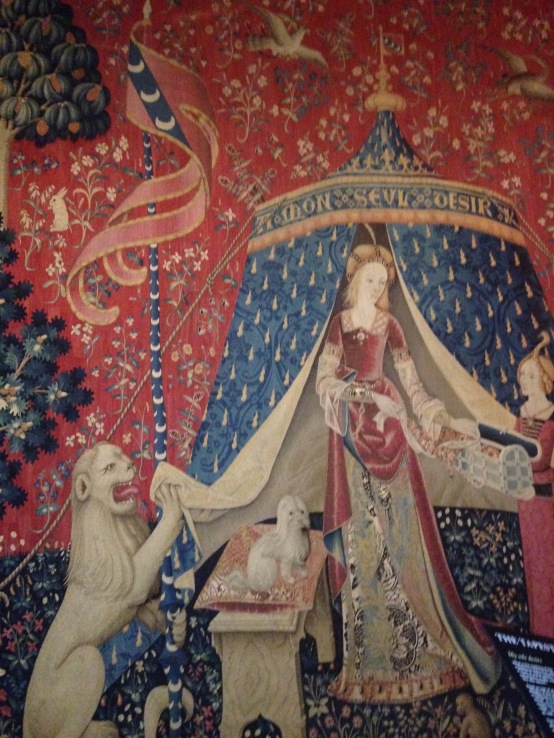
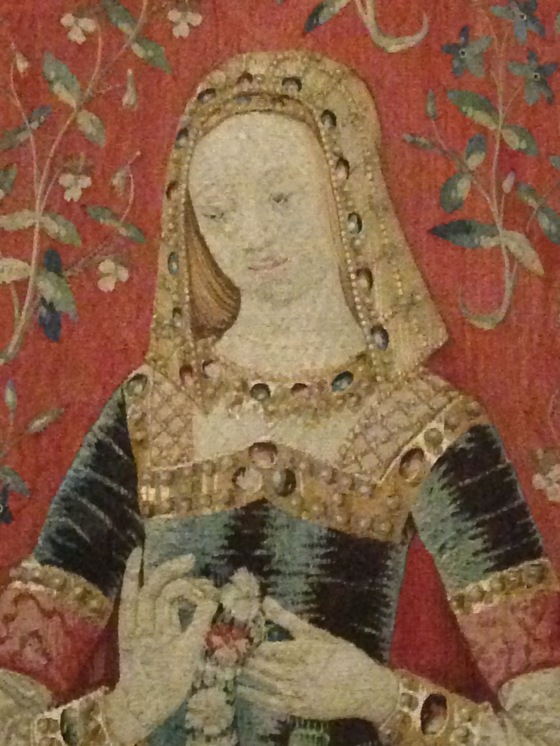


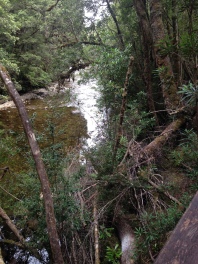 oked for platypus but didn’t see any. This area is famous for its hiking, (which an be quite rigorous) and draws hikers from all over the world. we did see a Tasmanian devil! Here is a photo looking out over a stream. When we broke camp we drove down through the mountains to the Gordon River.
oked for platypus but didn’t see any. This area is famous for its hiking, (which an be quite rigorous) and draws hikers from all over the world. we did see a Tasmanian devil! Here is a photo looking out over a stream. When we broke camp we drove down through the mountains to the Gordon River.